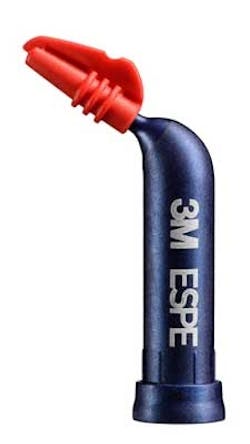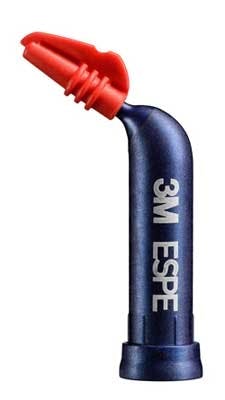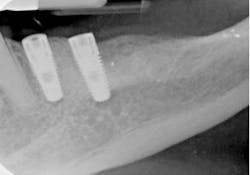5 top tips on impression-taking for the dental assistant
By Vanessa Leger, DAEditor's note: While many states allow dental assistants to take impressions and some states allow dental assistants to retract the gingivae with cord or other retraction materials, these are considered expanded functions in some states. Please go to www.danb.org and click on State Specific Information or contact your state dental board to verify allowable dental assisting functions in your state.Impression-taking is a daily task for dental assistants, so it’s important to keep up with the latest tools and techniques to make the job easier. Following are five tips that can help assistants efficiently capture accurate impressions and avoid retakes. 1. Keep an eye out for new problem-solving products that can help make our daily duties easier. Digital devices aren’t the only new thing happening in impression-taking lately; there have also been advances for traditional impression-taking. One good example of this is the 3M™ ESPE™ Retraction Capsule. This product has an extra fine tip that fits directly in the sulcus for easy application of retraction paste. Using a retraction capsule can be up to 50% faster than retraction cord.
3M ESPE Retraction Capsule2. Use the right tray. If a tray’s walls are weak or low, they may not provide enough support during impression-taking. This can result in short crowns. Using custom or metal trays can help prevent this and prevent wasted time on retakes. One that I like is the Directed Flow Impression Tray (3M ESPE). In addition to being sturdy, this tray is lined with a fleece material that eliminates the need for tray adhesive.
3M ESPE Direct Flow Impression Tray3. Understand hydrophilicity. A hydrophilic material, such as 3M™ ESPE™ Impregum™ Polyether Impression Material, has an affinity for water. This helps it flow properly during impression-taking to achieve the most accurate results. Other types of materials have chemicals added to them to make them more hydrophilic, but polyether is hydrophilic by nature. When you have better accuracy, your job is easier.
3M ESPE Impregum Polyether Impression Material4. Use caution when seating the tray. Several different types of errors can happen during tray seating. To avoid problems like ledges, drags, rocking crowns, and slanted or wavy teeth, take care to seat the tray properly. Position it before seating, and seat with a slow, steady, vertical motion. Avoid contact of teeth with the tray, and use passive pressure to immobilize the tray for the full recommended set time for the material.5. Remove chances for human error. Use materials that are compatible with an automatic mixing unit. There is even a putty material, 3M™ ESPE™ Imprint™ 3 Penta™ Putty, that is now compatible with an automatic mixer. Typically, putty materials have to be mixed by hand because of their very high viscosity, but this material can be mixed with the 3M™ ESPE™ Pentamix™Automatic Mixing Unit, which offers easy handling with push-button control and less waste. To maximize their time, assistants should take every opportunity for help, and automatic mixers are one of the best helpers available.
Author bio
Vanessa Leger, DA, graduated in 2009 and has worked at Chalet Dental Care in St. Paul, Minn., for the last five years. She has been assisting for three years.
Author bio
Vanessa Leger, DA, graduated in 2009 and has worked at Chalet Dental Care in St. Paul, Minn., for the last five years. She has been assisting for three years.



